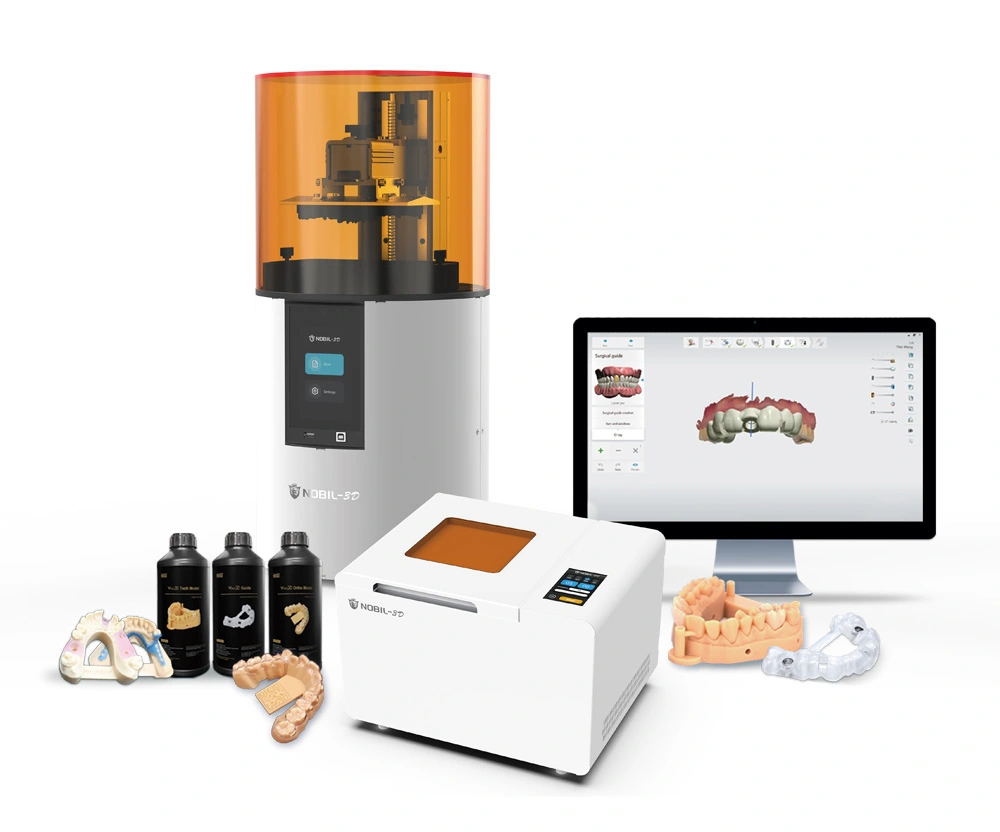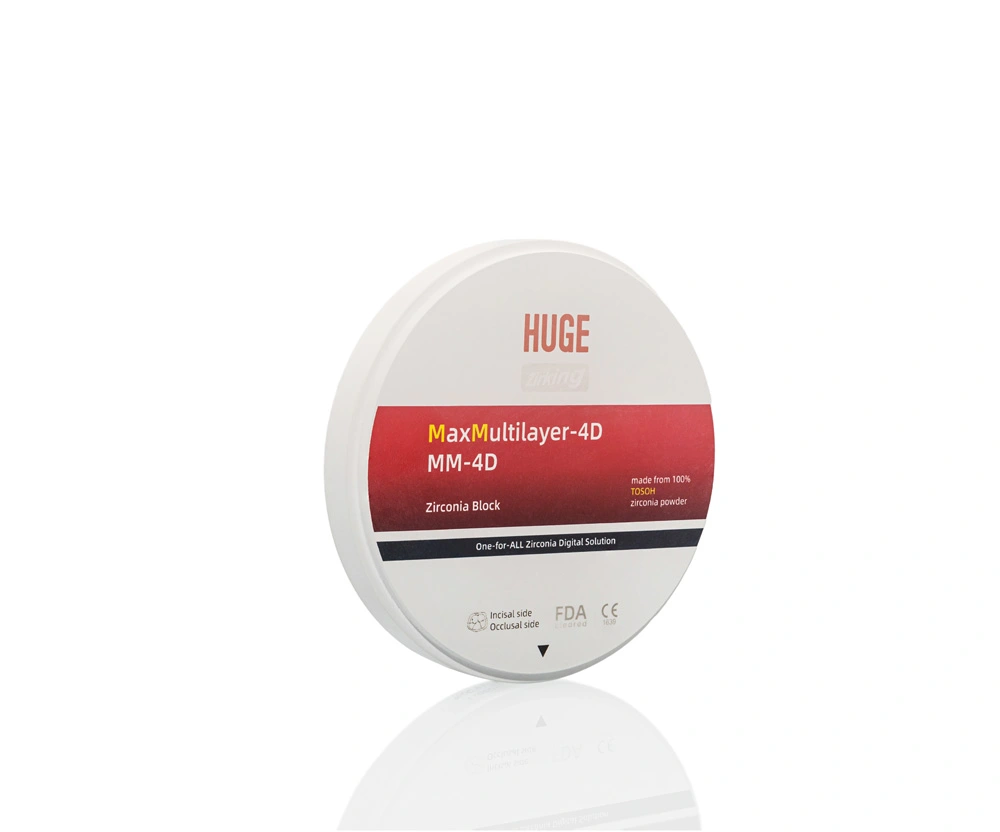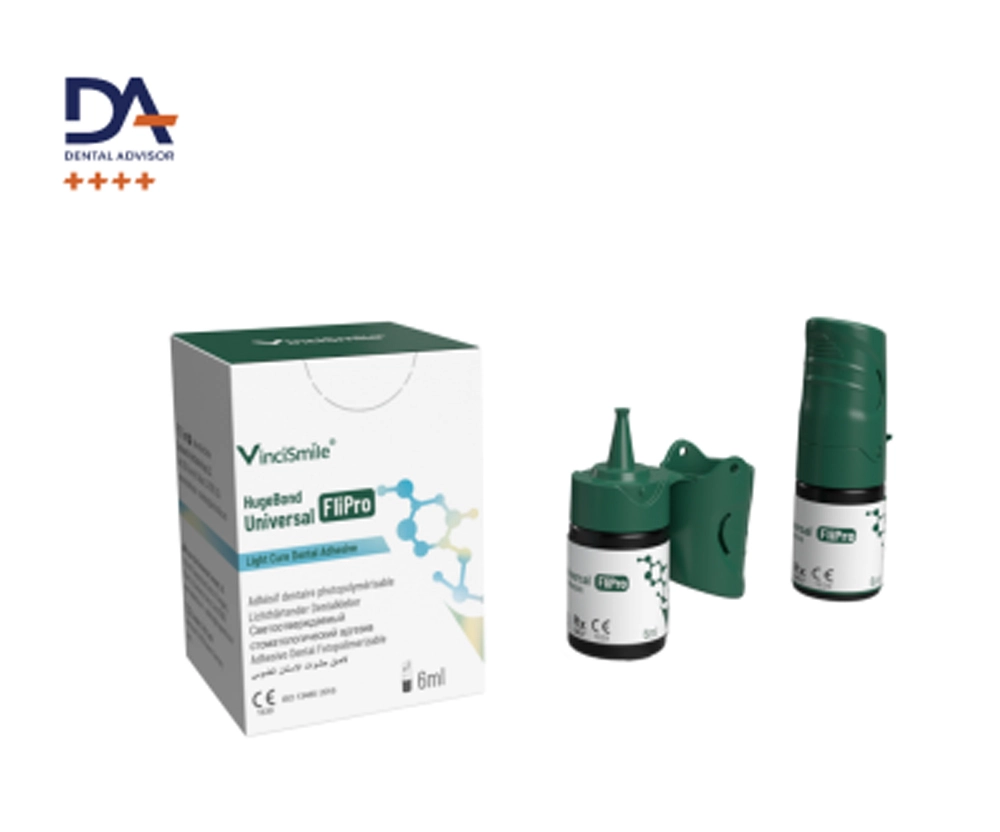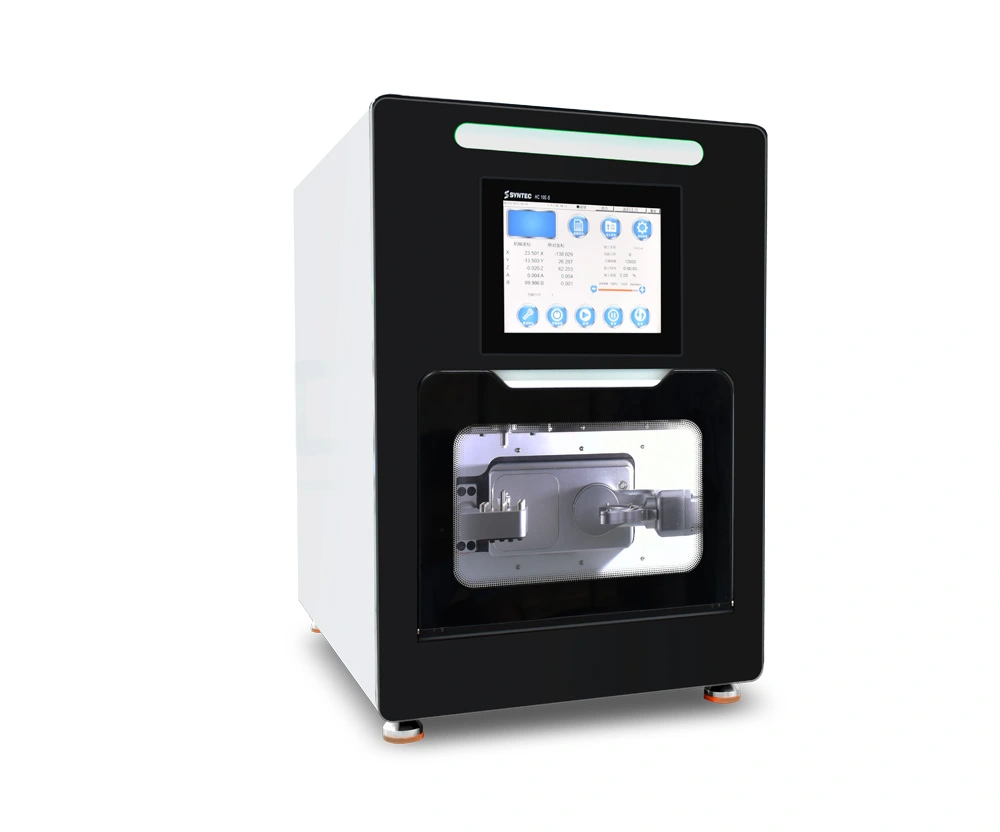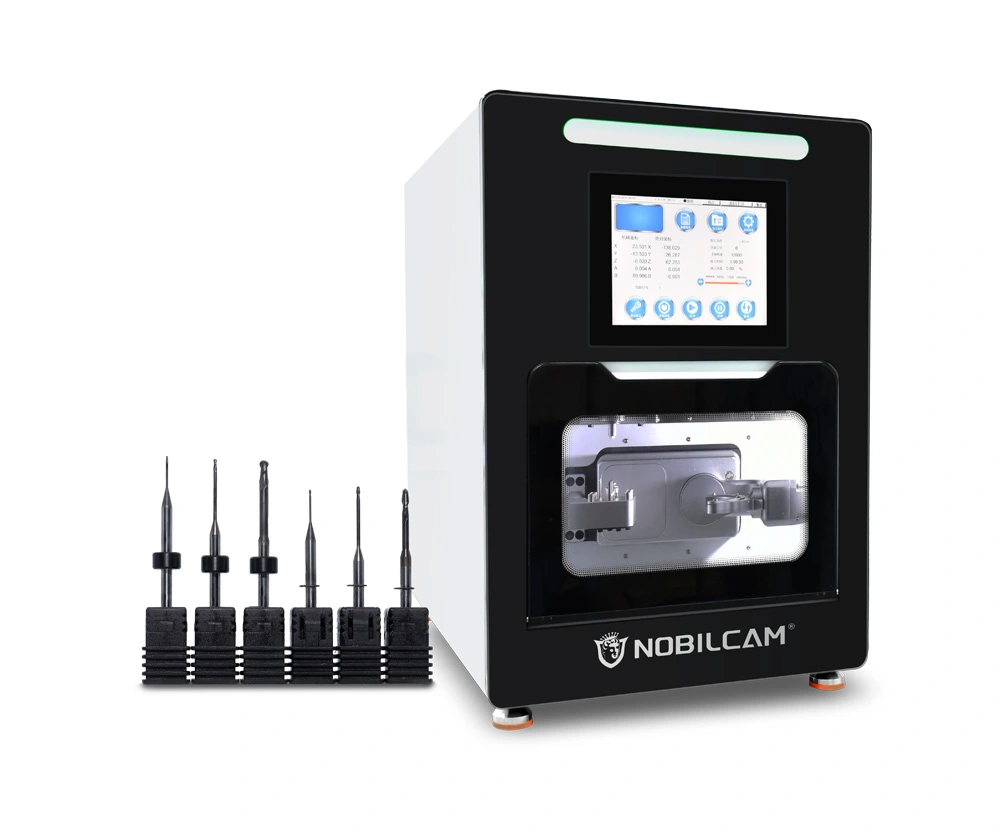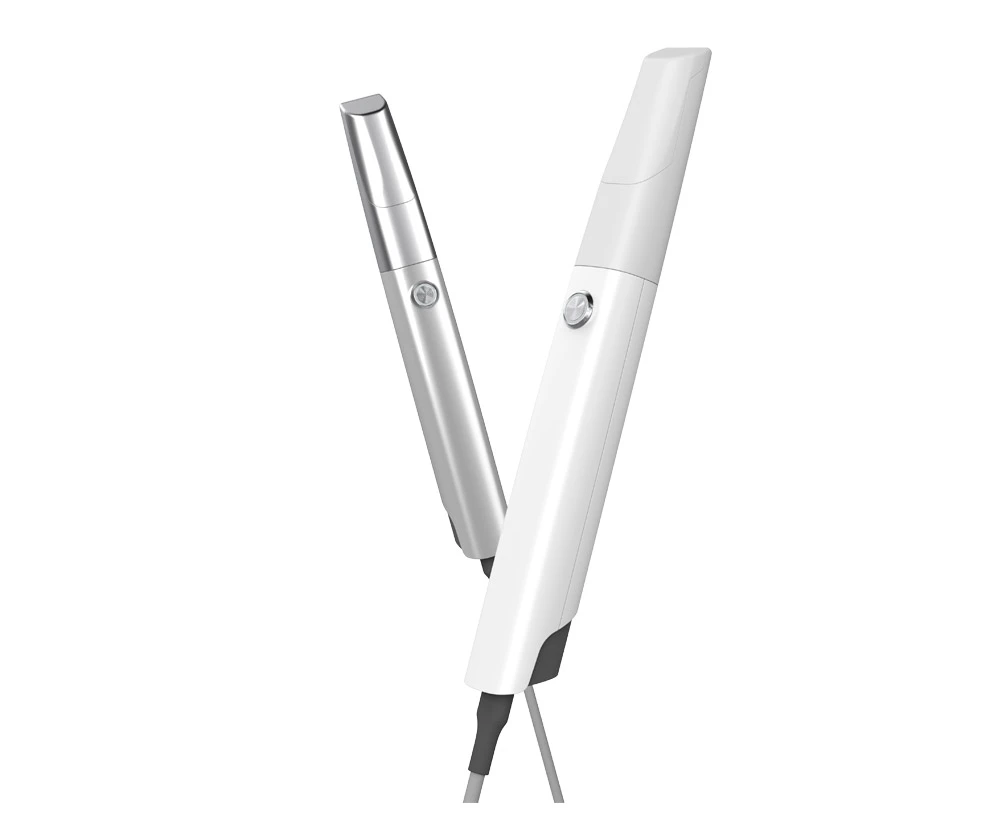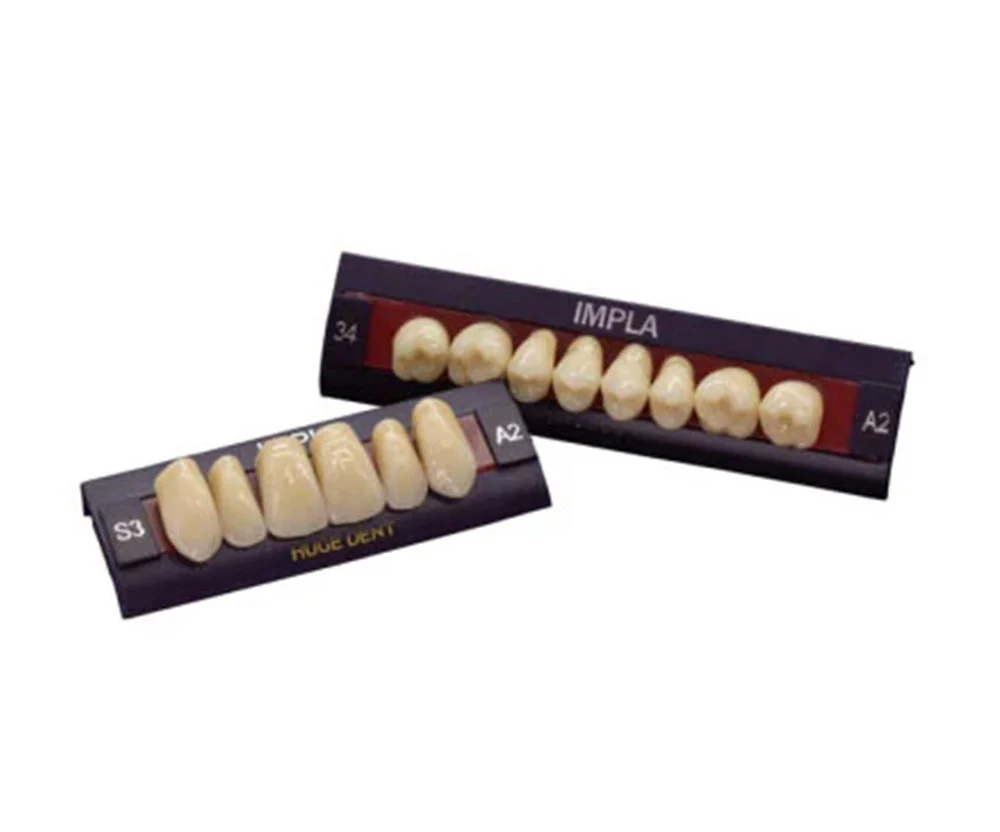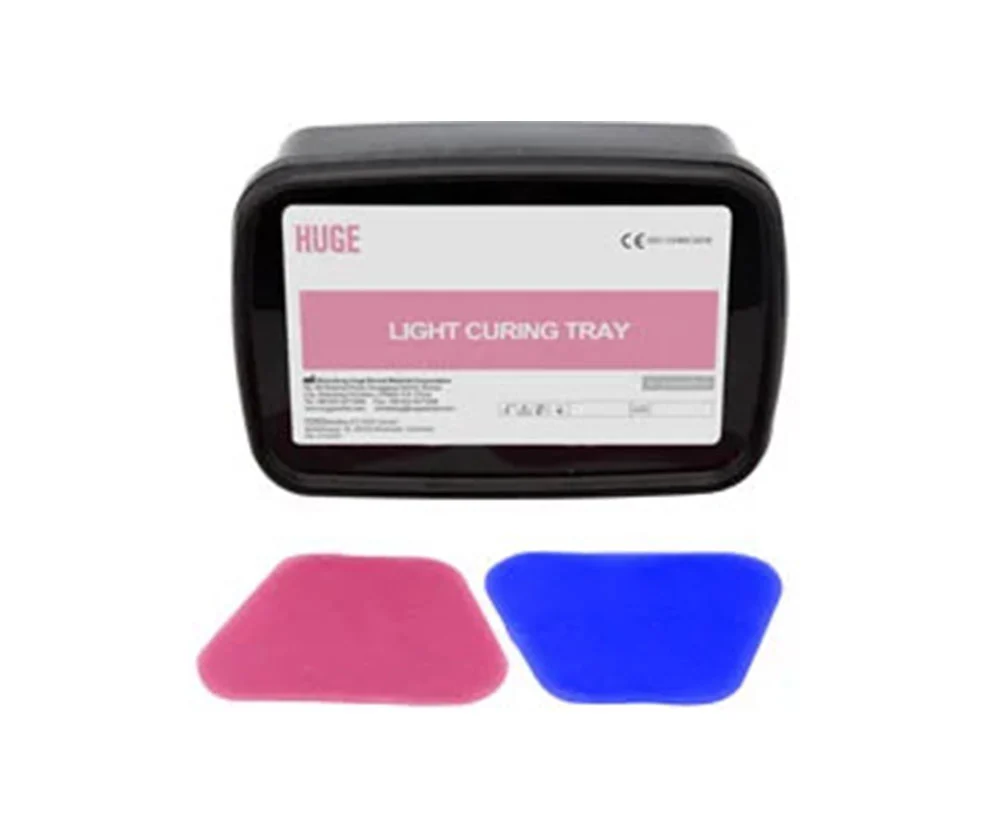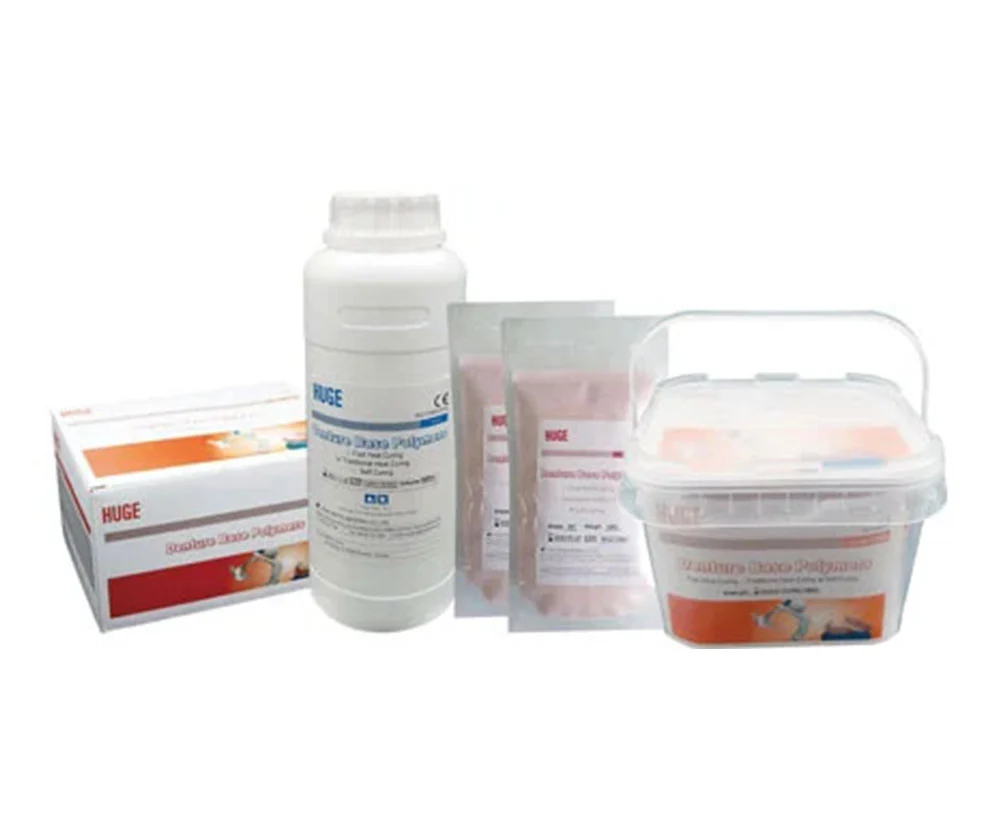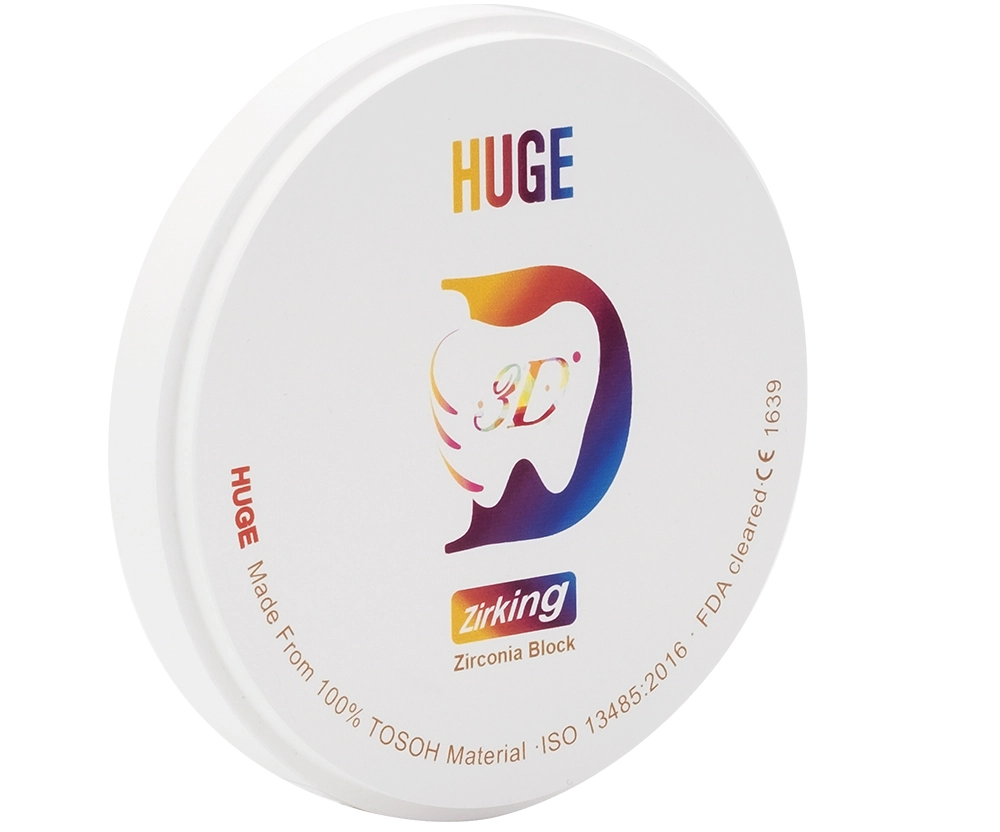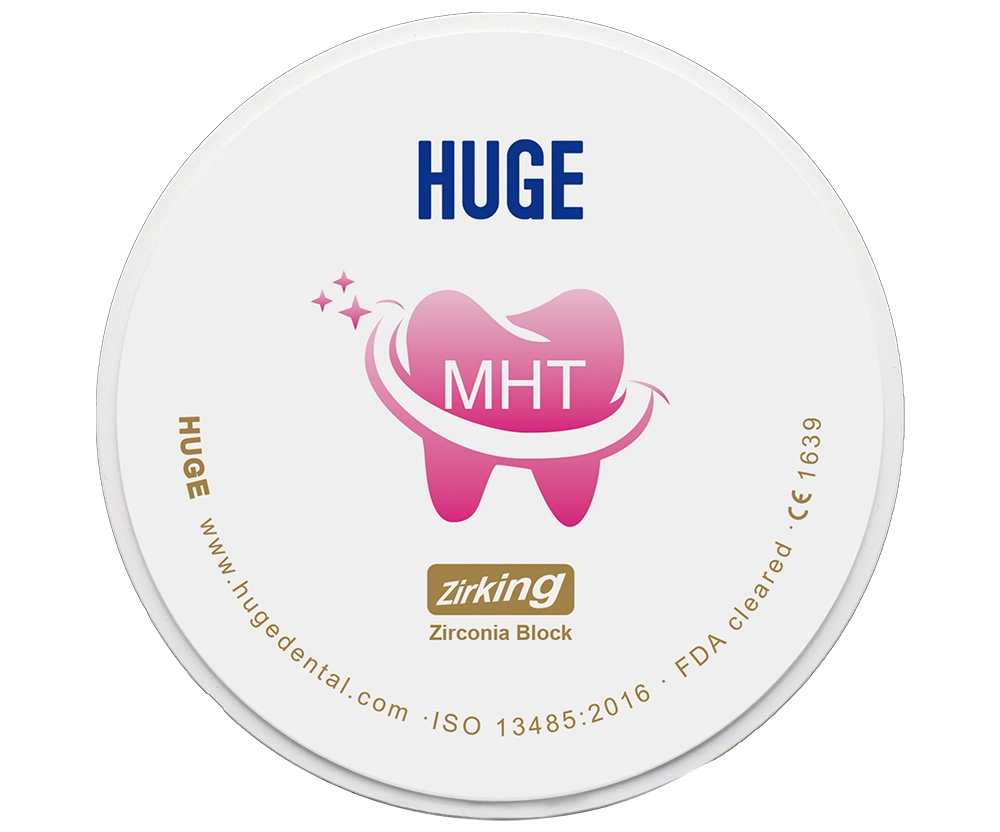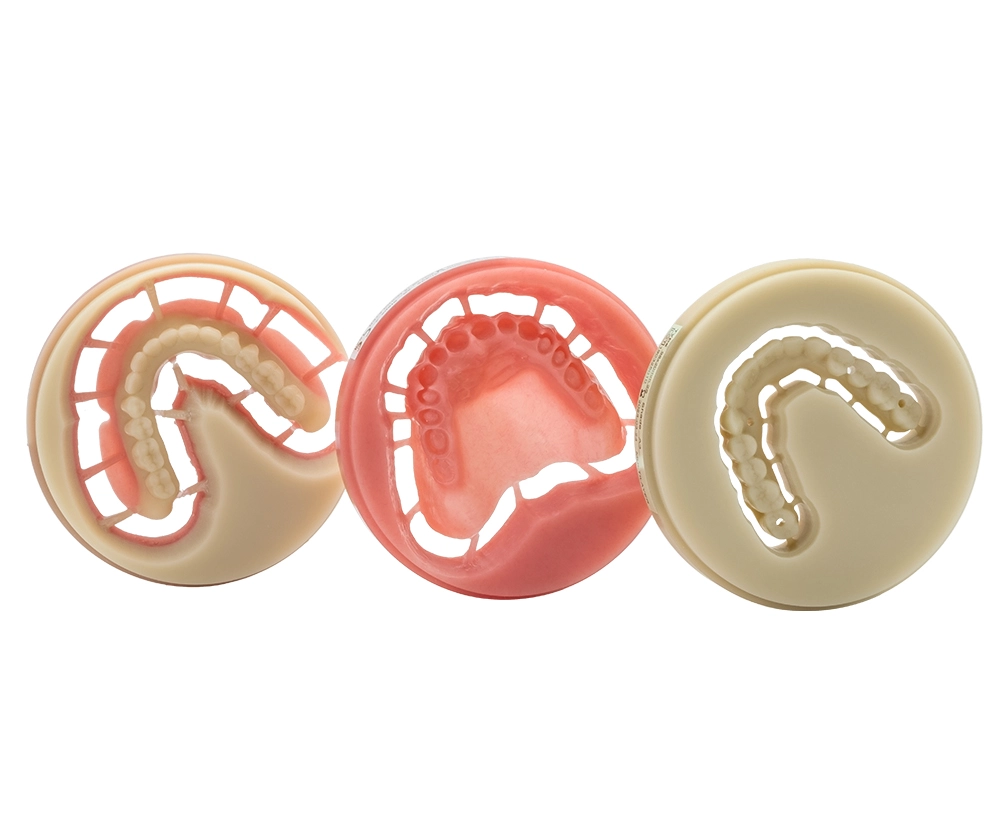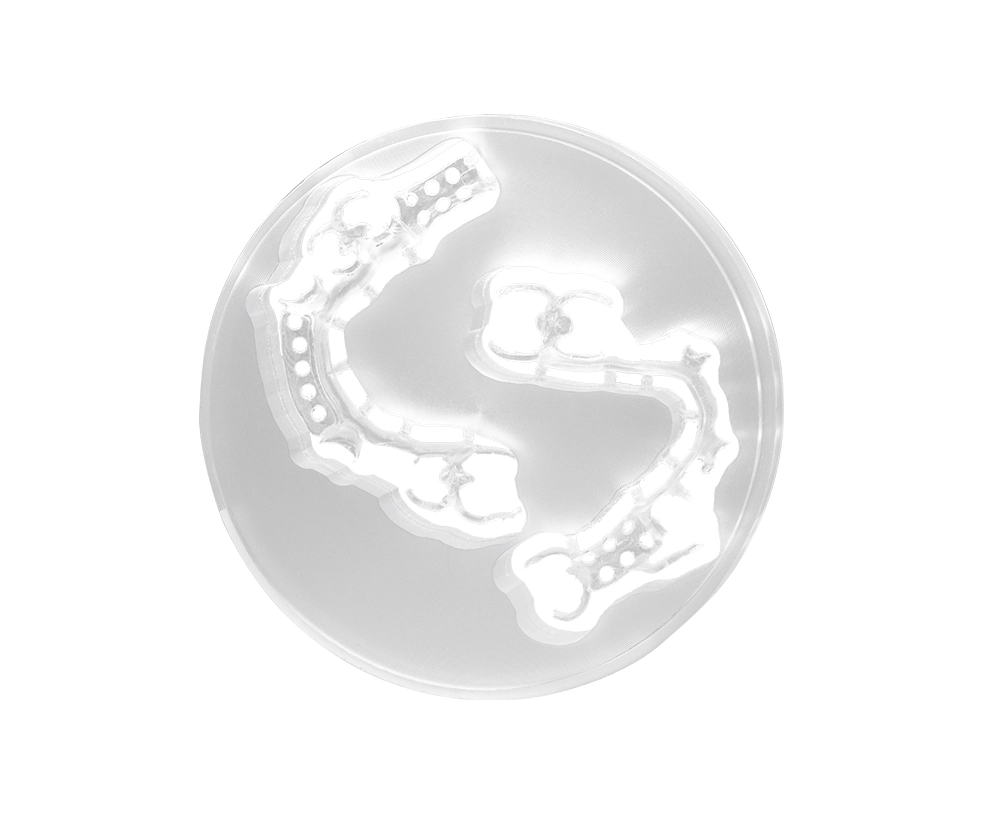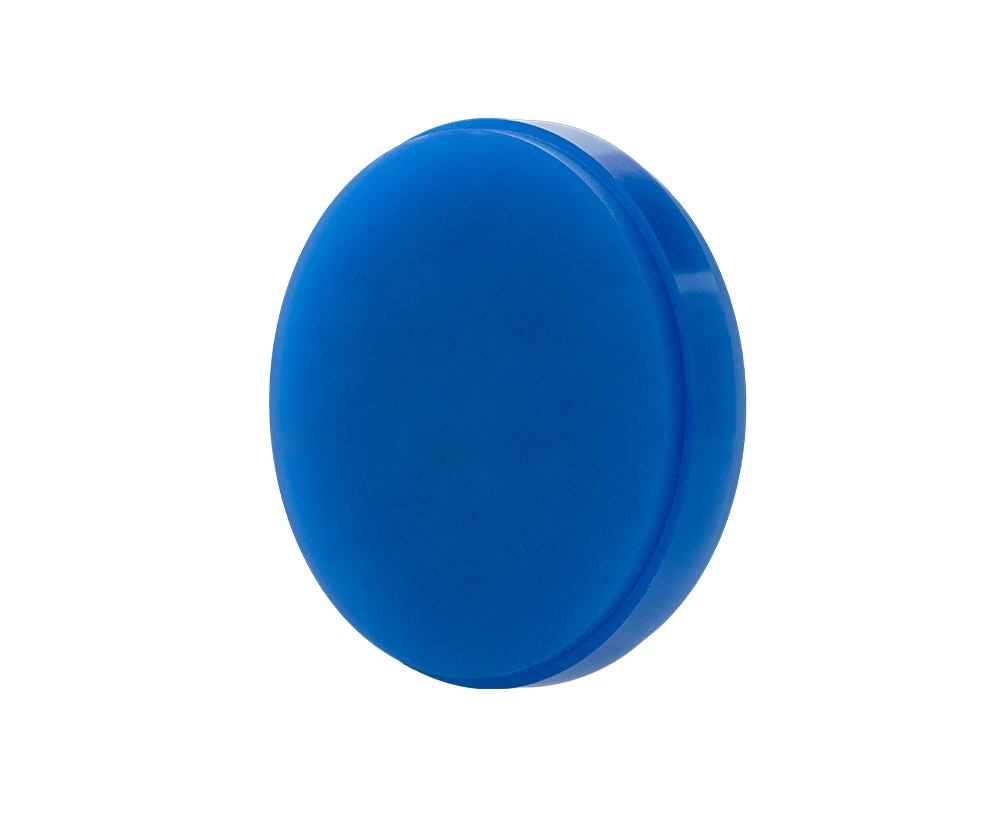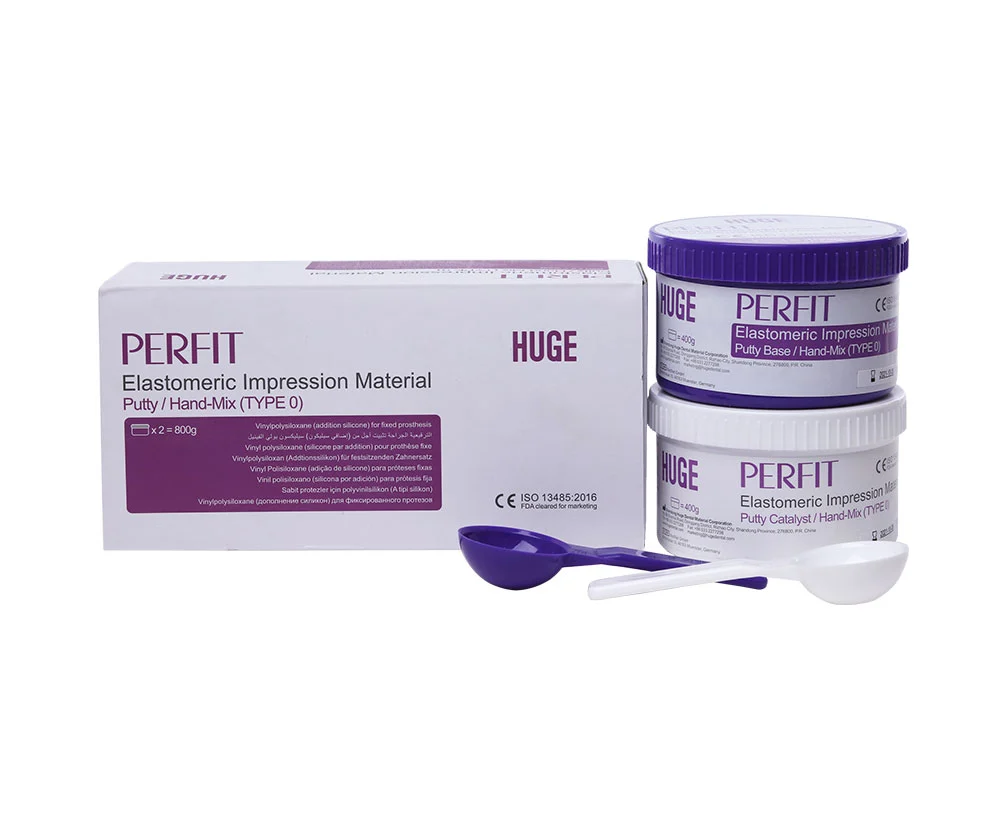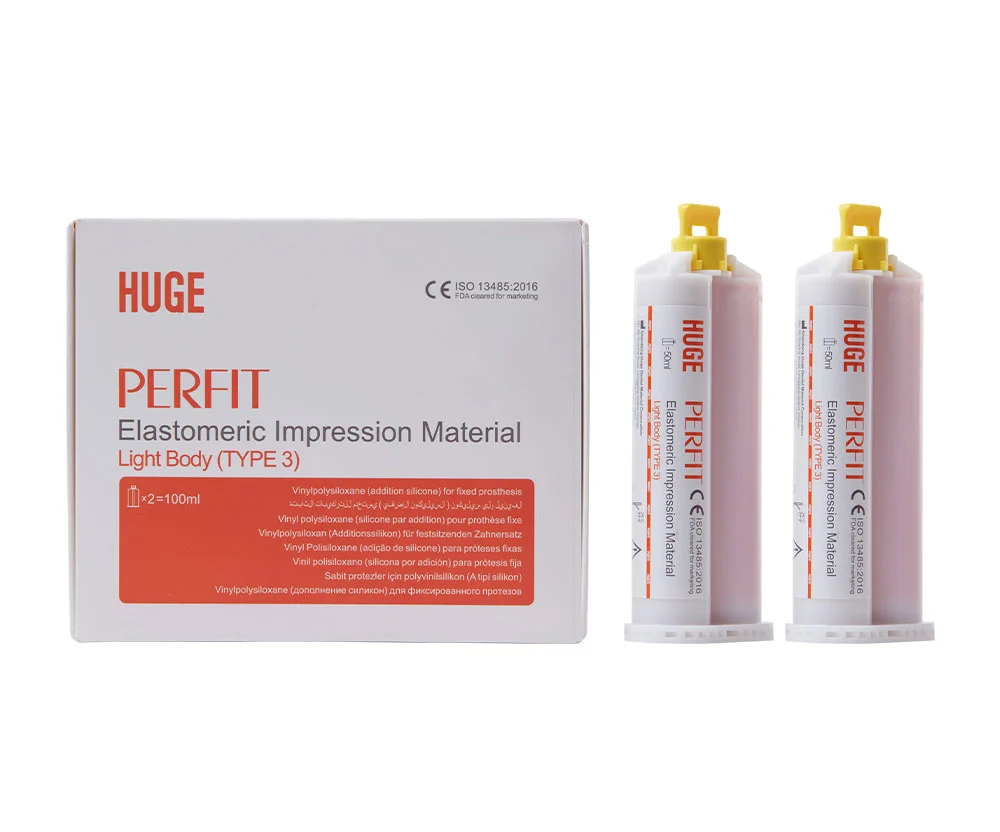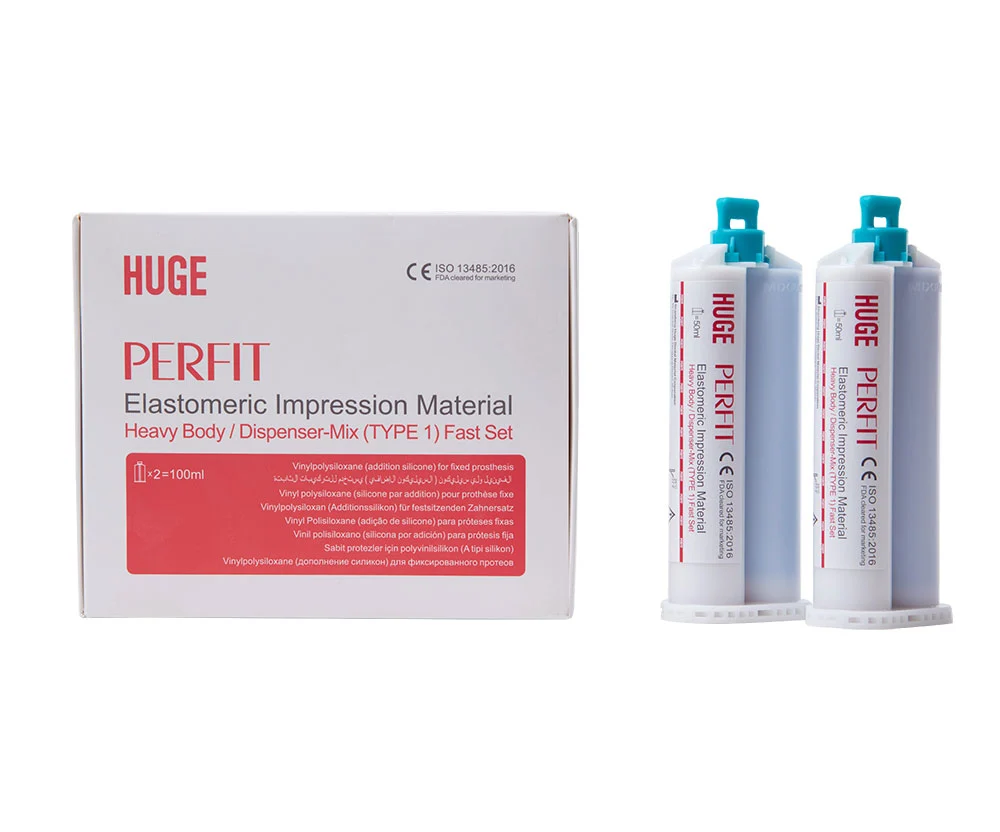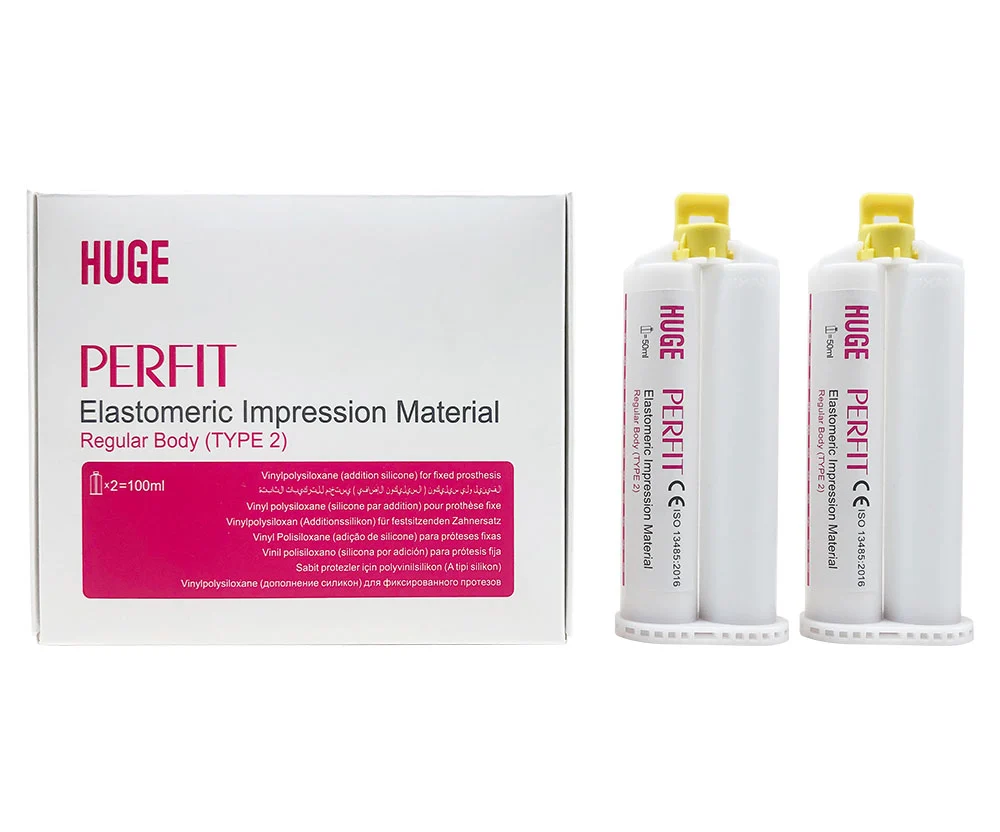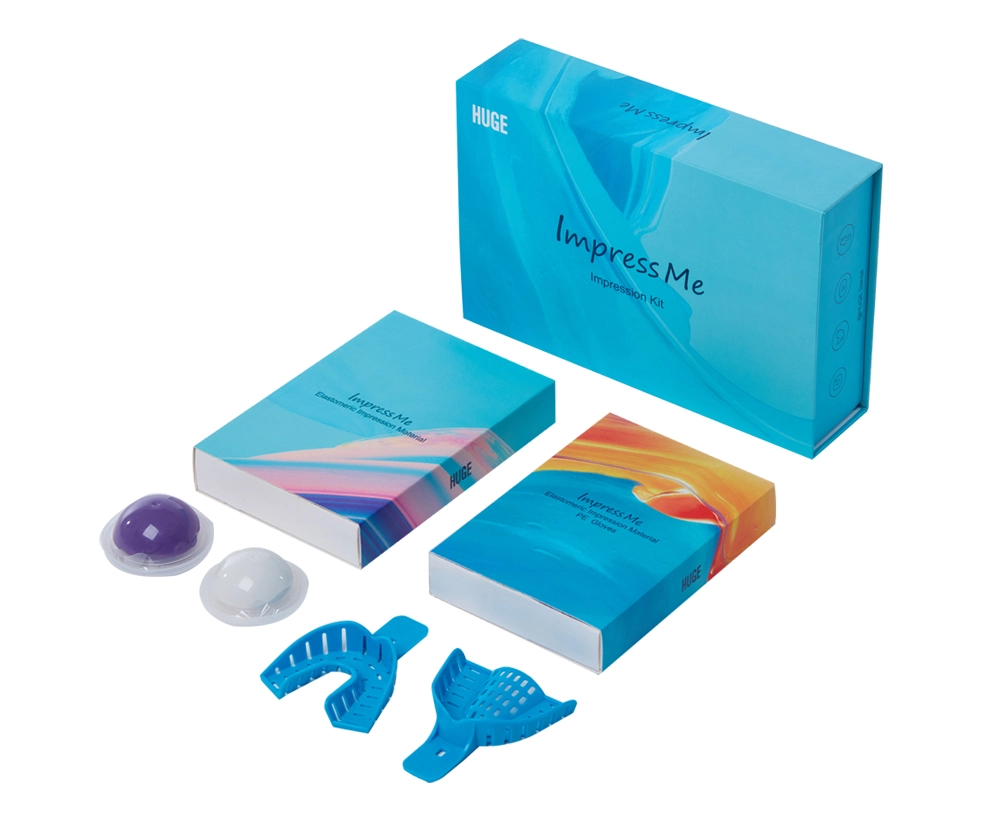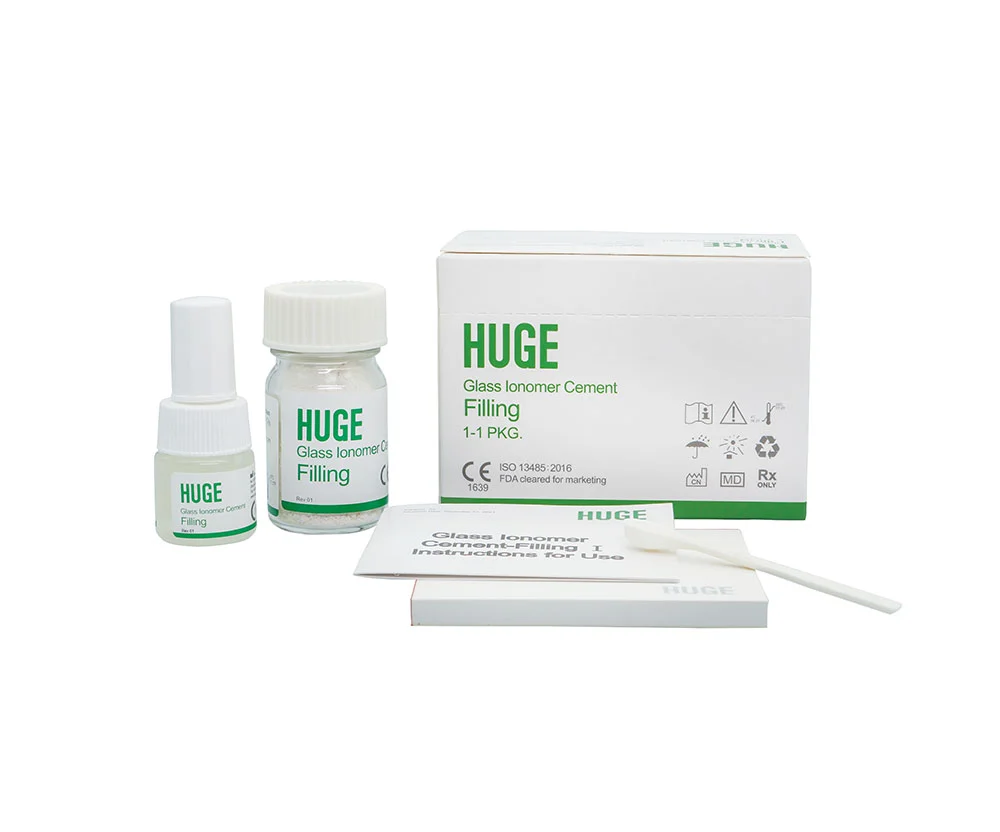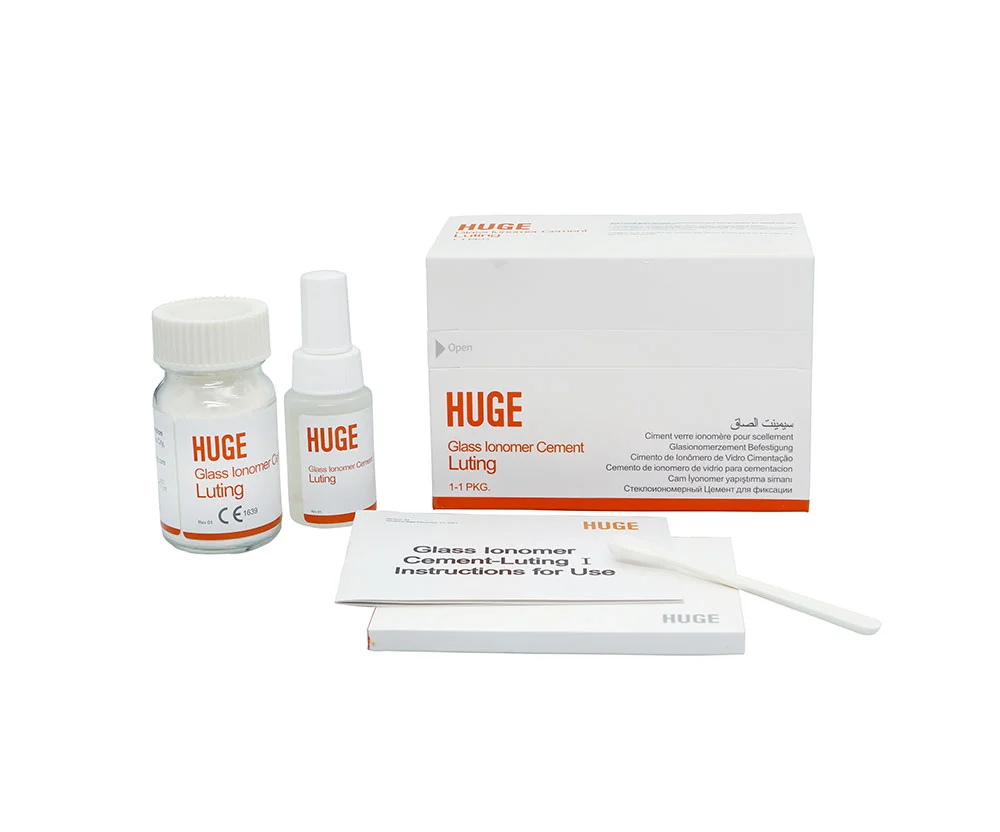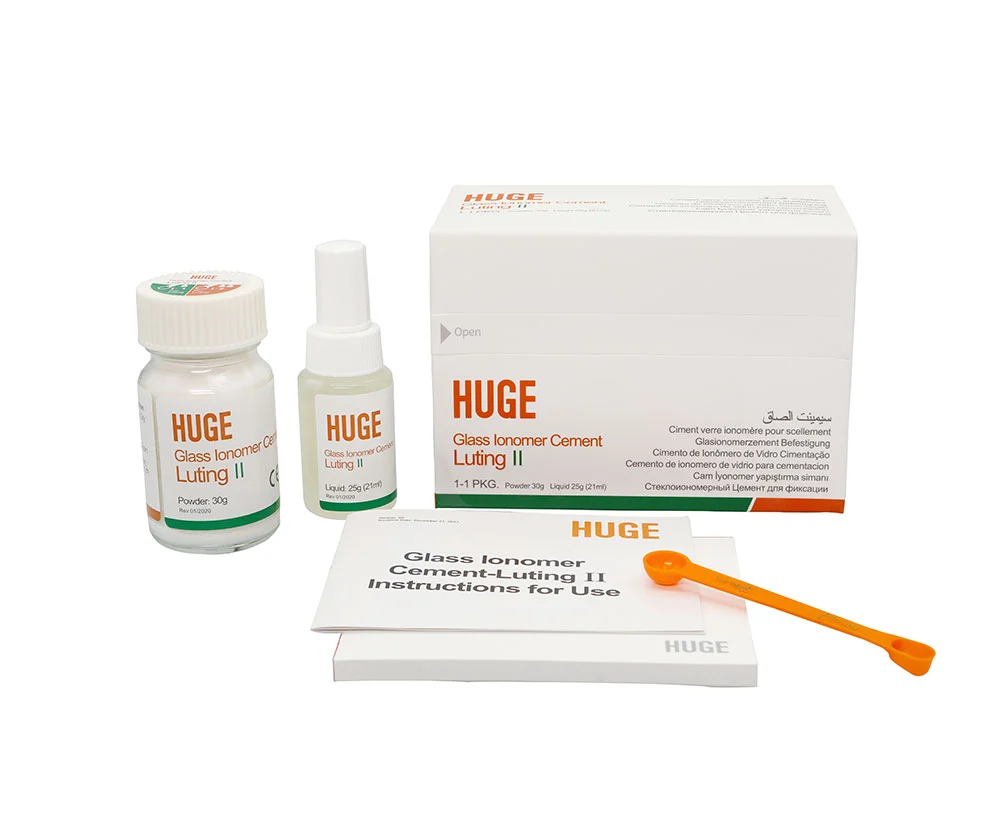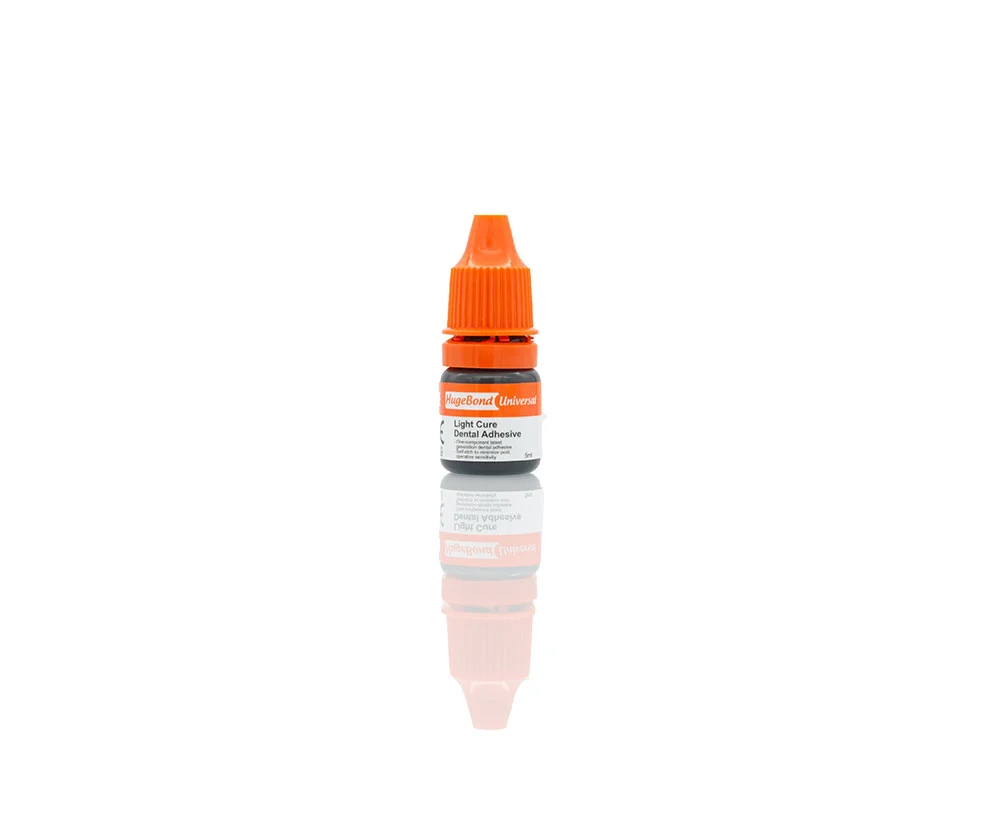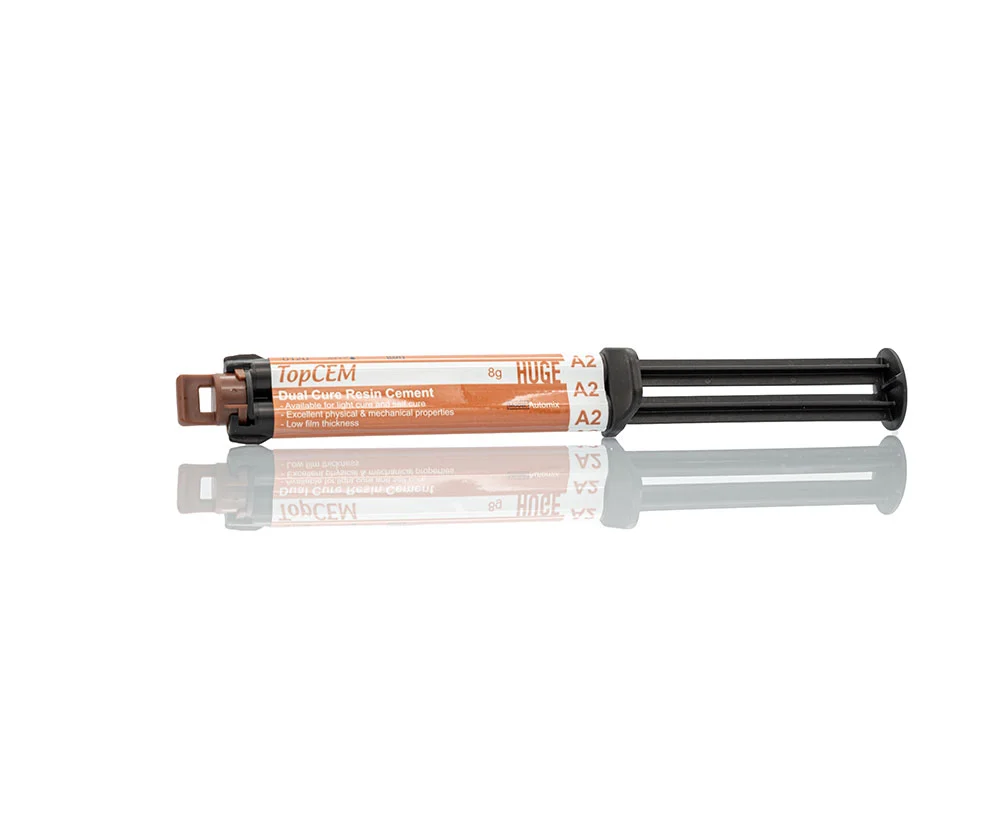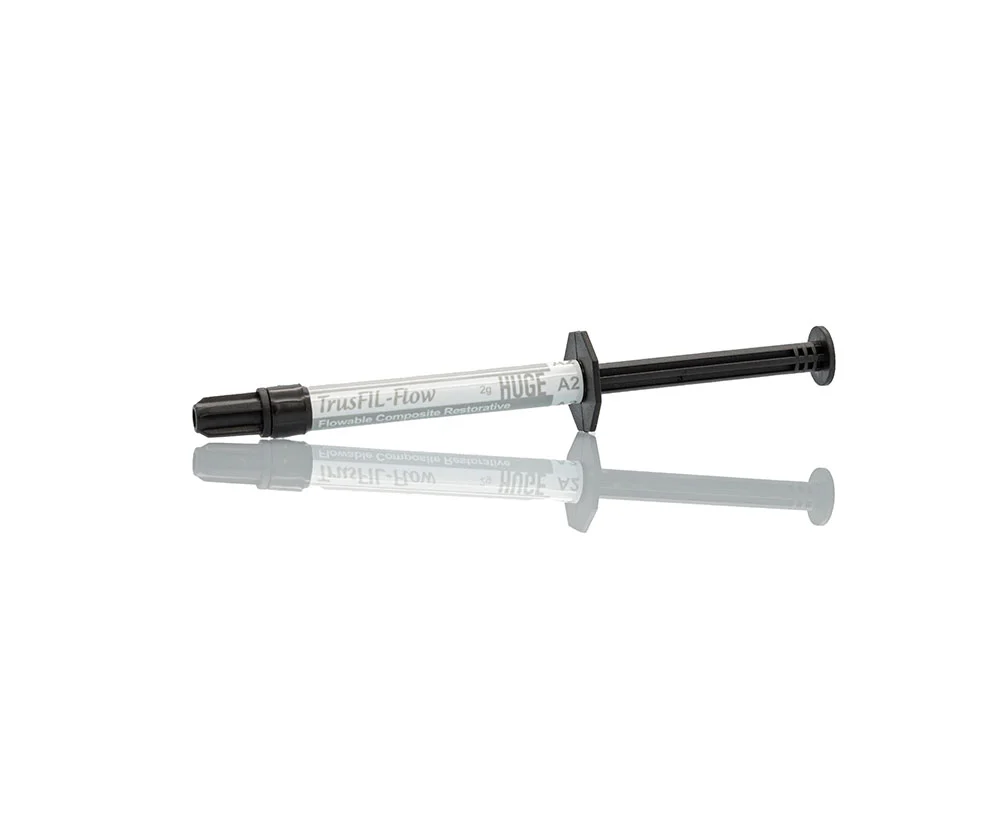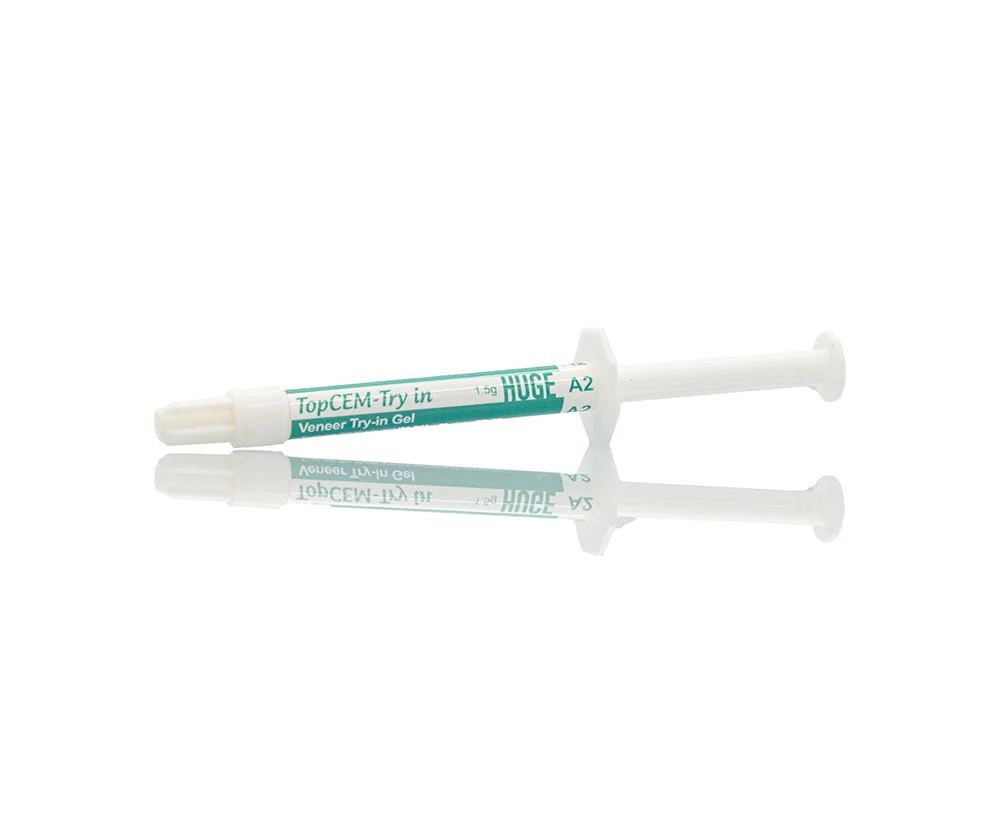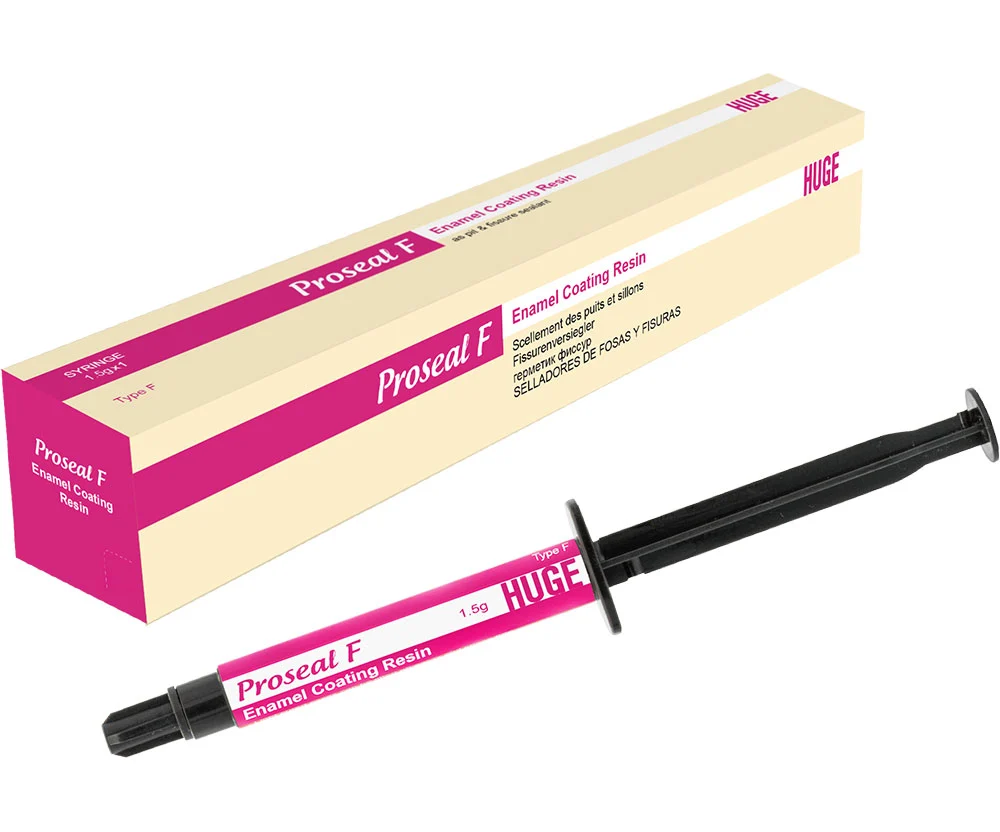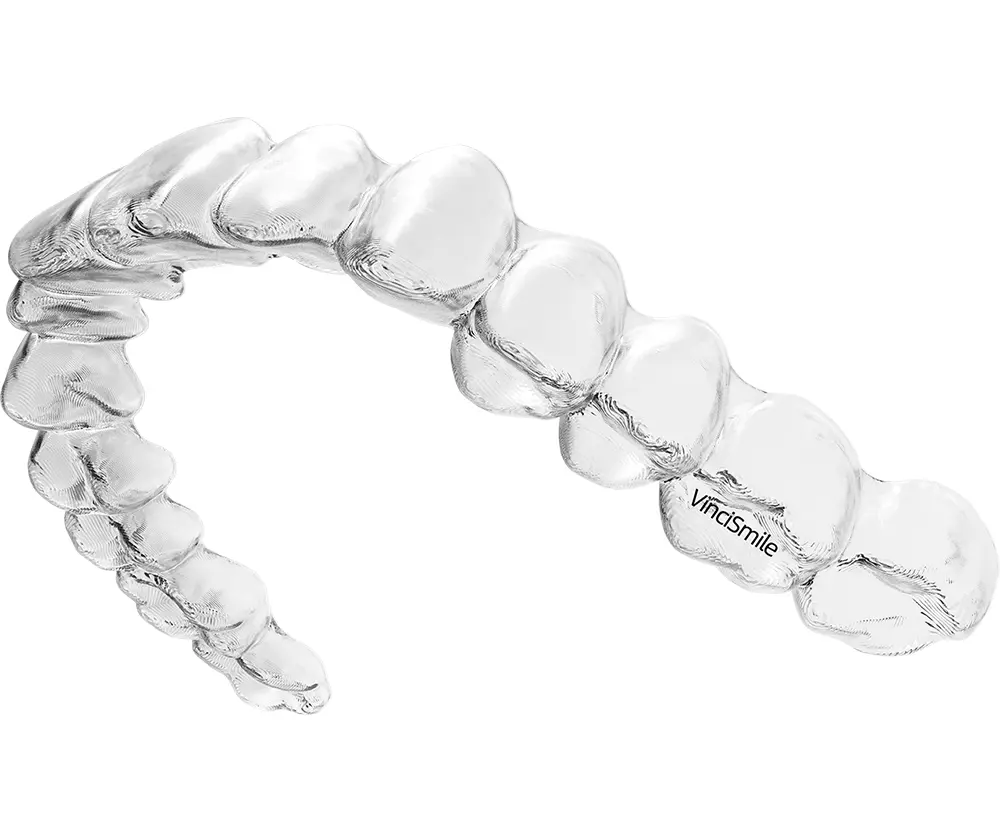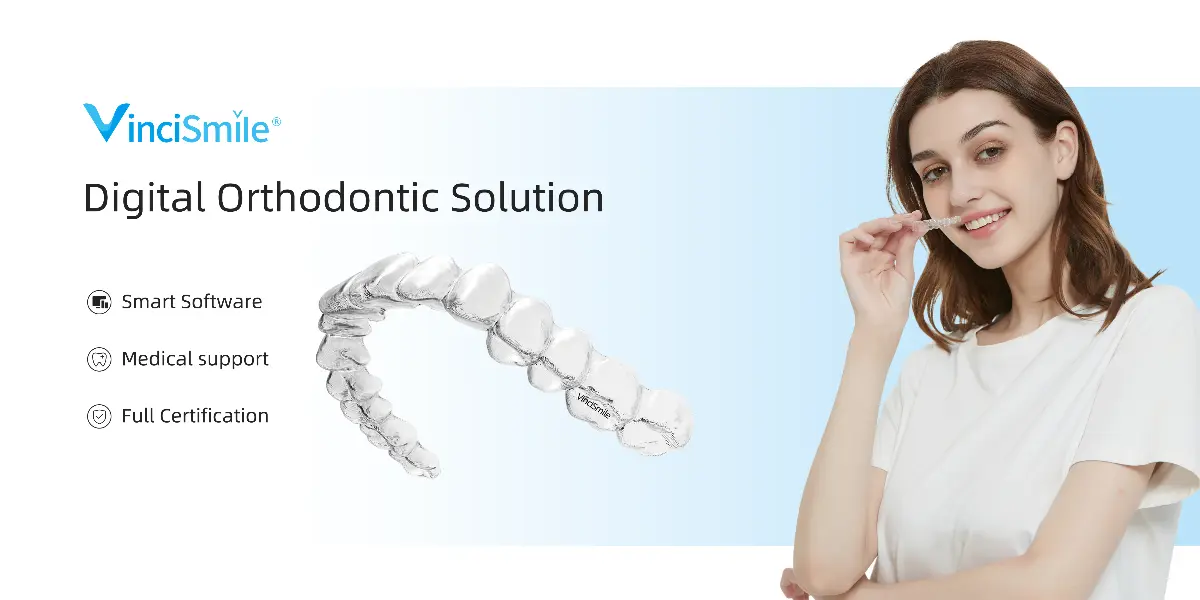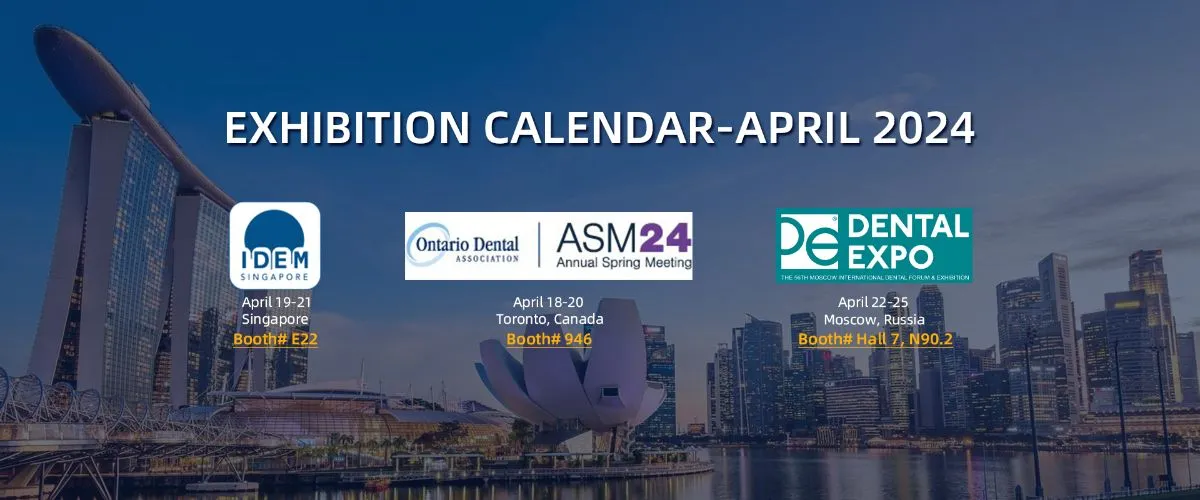- Dental Lab Materials
- Dental Impression Materials
- Glass Ionomer Cement
- PMMA Blocks
- Zirconia Blocks
- Invisible Orthodonic Aligner
- Dental Restorative Materials
-
Question regarding Denture Base Polymers: which type of the acrylic powders enables thicker dentures (dentures with thicker walls) to be fabricated without air bubbles in the denture?
If we follow the instructions, there will be no air bubbles in all of our three types of powders; the 3mm wall thickness of the denture base tested in our lab did not show any problems.
-
Question regarding Denture Base Polymers: dentures fabricated with which powder last longer without yellowing?
All the three types (traditional, fast, self-curing) are fine if we follow the instructions.
-
Question regarding Traditional Heat-Curing powder: is it permitted to
In the case of heating up to 100℃ for 30 minutes first, then boiling for 30 minutes is possible, that is to say, the overall spending time is 60 minutes.
-
Question about fast Heat-Curing powder: is it acceptable to do the traditional heat-curing process involving gradual heating of water to 100℃ and boiling for 30 minutes rather than 20 minutes?
Yes, it is acceptable.
-
Question regarding Light Curing Tray: do we have to use the light curing tray with a light curing unit or machine?
Yes. The curing effect is not guaranteed if not combined with light curing unit or machine. And we recommend customers to use our light curing unit which can ensure the curing effect for 3-min curing.
-
Question regarding A-Silicone for Laboratory: how many models can be duplicated according to the amount of material you recommended?
One flat spoon of base plus one flat spoon of catalyst mixed well together can duplicate one mandible model and one full spoon of base plus one full spoon of catalyst mixed well together can duplicate one maxillary model.
-
Question regarding A-Silicone for Gingival Mask: what's the main difference between the soft type and hard type?
The main difference lies in hardness and the polishing performance. The soft type is Shore A 40 and the hard type is Shore A 70. The hard type is much easier to polish than soft type, which may conform to use habits of some technicians. Both of these two types are recommended to fabricate artificial gum in implant restoration.
-
Question regarding Synthetic Polymer Teeth: why the color of some batches of resin teeth does not match the shade guide?
There are many factors that may affect the matching effect, like viewer, light, and background, etc. We recommend customers to compare by shade machine or human under suitable light: sunshine natural light, inside room beside the window, face north, 10am or 14:00. Under this condition, the contrasting result is very precise and we ensure that the difference will be △E≤1.0 which is acceptable.
-
Are there many options for impression materials?
Yes. In addition to the traditional liquidity classification. Putty, Heavy Body, Light Body, Bite Registration all have regular and quick-setting versions. Multiple options make it as convenient as possible for the dentist.
-
Are PERFIT Impression Materials hydrophilic?
Yes. The excellent hydrophilicity of PERFIT Impression products allows the material to flow optimally into the subgingival areas, resulting in precise impression results.
-
Can the PERFIT series be used for implant impression taking?
Yes. Especially PERFIT Heavy Body because the material achieves a very high final hardness thus facilitating optimal fixation of the impression posts and preventing torsions. It can be used with Light Body, relying on its excellent fluidity and hydrophilicity, it can well surround the planting pile and achieve precise impression.
-
Can PERFIT Regular Body also be used for traditional impression techniques?
No. PERFIT Regular Body is an elastic impression product specially launched by HUGE. It is transparent and colorless. Unlike traditional impression products, it mainly acts as a mold, simplifies the operation process, solves various defects, and has excellent aesthetic effects.
Its main applications are: 1) Anterior aesthetic restoration 2) Indirect method of orthodontic brace bonding 3) Occlusal stamp for composite restorations
-
How long I do have to pour models with a Honigum impression?
Up to 4 weeks.
-
How do I avoid air bubble entrapments?
Remember to keep the mixing tip immersed in the material while dispensing. That goes for dispensing the Light Body onto the tooth or dispensing heavy body into the tray.
-
What is the composition of HUGE Glass Ionomer Cement?
Powder: silica-alumina-fluorine glass powder, polycarboxylate powder, pigment;Liquid: Polycarboxylic acid aqueous solution
-
What is new about Luting II?
Luting II is a glass ionomer cement specially launched by HUGE. Depending on the ratio of powder to liquid used, it can be used for bonding and filling. Works great for both purposes.
-
Can the liquid in glass ionomer cement be replaced with distilled water?
No. To ensure the effect of use, please strictly follow the instructions for use. Use with original product powder and liquid.
-
Compared with resin materials, what are the advantages of glass ionomer cement?
1. It can release fluoride ions to prevent the occurrence of secondary caries. 2. The operation is simpler and easier to clean. 3. Good biocompatibility with teeth and excellent edge adhesion. 4. Since there is no need for acid etching treatment, there is basically no risk of postoperative sensitivity, and it is a safe repair method. 5. With ideal film thickness and particles, easy to adjust. It ensures the precise positioning of the restoration in the mouth
-
Why does the curing time become longer?
Possible reason one is that there is too little powder and too much liquid. It is recommended to follow the instructions, or the doctor can adjust it according to the environment, temperature, and personal usage habits. Possible reason 2: The powder is damp. It is recommended to tighten the cap tightly after use and store in a dry place.
-
What is the reason for the soreness reported by patients after use?
Possible reason 1, there is leakage of pulp and near the pulp (<1mm). It is recommended to use calcium hydroxide cement or zinc oxide clove oil cement to protect the marrow before repairing. Possible reason 2: Glass ionomers will absorb a certain amount of water when they are solidified. If the teeth are dried or blown dry, it may cause soreness. It is recommended that the tooth should be properly moistened (without water drops) before the crown is glued to compensate for the moisture absorbed by the glass ionomer during the curing reaction.
-
How to deal with the discolored or stained PMMA provisional restorations?
Huge PMMA blocks are with good compactness, ensuring outstanding ability to resist stain. With appropriate polishing treatment, the restoration would retain high gloss even after prolonged utilization. If the restoration is still stained or discolored, you could remove the stained areas by cleaning and polishing the surface. You have to replace the stained restorations when the above operations are not permitted.
-
How to choose the thickness when I purchase PMMA blocks?
It depends on the applications. If you’d like to mill full dentures or full-arch implant prostheses, the 25mm or thicker blocks are more recommended. For conventional crowns or bridges restorations, you could choose the thickness according to the size of restorations.
-
Is there any difference in the numbers of layers for Huge multilayer PMMA blocks in different thickness (e.g. 14mm and 30mm) ?
The design of Huge Multilayer PMMA blocks are strictly follows the principle “ Seamless Gradient from cervical to incisal “, ensuring the restorations to own outstanding gradient appearance. No matter which thickness the prostheses milled from, they could achieve the excellent beauty of natural teeth.
-
How long do digital PMMA full dentures last?
The lifetime of dentures is related to the oral conditions, maintenance habits and other factors. Generally speaking, the lifetime of digital dentures is not much different compared to traditional dentures.
-
How to deal with it if the digital dentures are broken or stained?
The treatment is the same as conventional dentures.
-
How many missing teeth can the bridge span? (Whether there is a force point in the middle)
There are no more than 3 missing teeth, preferably 2.
-
How long can the bridge be builded by HS?
HS can do a half-mouth long bridge with 14 teeth.
-
For single crowns, how many can be made on a piece of AT bolck?
The number of restorations made on a piece of block is related to the size of the restoration and the ability of typesetting. Unsure how many can be made, usually about 15.
-
Zirconia teeth are light, not transparent enough, and white after sintering
Possible reason analysis
a problem with the sintering process or the sintering furnace. Insufficient crystallization time will cause problems such as under-cooking and whitening of zirconia (the main crystallization temperature is between 1000-1450, the heating speed is slow, and at least 120 minutes of heat preservation is required). If the sintering temperature is too high, the dyeing effect will become lighter. First confirm whether the sintering program used by the customer is the standard sintering curve provided by us, and then confirm whether the customer’s sintering furnace has problems such as unstable temperature field or uncleaned for a long time. If necessary, check the temperature field, or suggest that the customer replace the sintering furnace for sintering .
The teeth are not dried during the dyeing process, resulting in uneven local staining, and the residual water in the teeth may cause a large difference in local temperature of the teeth, resulting in insufficient local crystallization or cracks.
-
Cracks or fractures in teeth or long bridges after sintering. Possible reasons analysis
Due to the abnormality of the bur or engraving machine, cracks in the restoration were not found during the cutting process or re-grinding process, resulting in fracture after sintering.
Not dried after dyeing, resulting in uneven local temperature during the sintering process, cracks or breaks
There is a problem with the sintering process, the heating speed is too fast or the cooling speed is too fast, causing cracks or fractures
-
Problems such as fracture and porcelain collapse during the cutting of zirconia
The customer's tool has been used for too long, the customer's engraving machine has been uncalibrated for a long time, or the spindle has been deviated, and the restoration design has problems
-
Can the sintering curve be modified?(Change 6 steps into others)
Yes. Since the sintering machine used by individual customers cannot complete the 6-step sintering setting, we can modify it to 4 steps according to the guidance of the project department. But it is necessary to control the sintering temperature and time.
-
What material is VinciSmile clear aligner made of?
VinciSmile invisible aligners are made of a special medical grade thermoplastic polymer material composed of PET-G. All aligners are supported with American FDA and European CE certifications. They are taste free, non-toxic and harmless to humans and animals.
-
Can kids or teens wear the VinciSmile clear aligner?
VinciSmile clear aligner is suitable for patients between the ages of 3-5 with an underbite and suitable for patients with mixed dentition between the ages 6-12 years. Designed to intervene and correct, VinciSmile clear aligner for kids is clinically designed to prevent the further deterioration of malocclusion or to reduce the difficulty of correction in the future.
-
How long does it take for the patients to complete the treatment of VinciSmile clear aligner?
It depends on the patients and the treatment required. Generally, it takes between 12-24 months.
-
Can patients with periodontitis wear VinciSmile clear aligners?
Compared with the traditional fixed appliance, VinciSmile clear aligner is more suitable for patients with periodontal disease as the aligner sits above the gum line and eliminates the chance of trapping plaque over the gums. It is necessary to ensure the stability of any periodontal condition at the earliest stage possible.
-
How do l ensure my VinciSmile stays beautiful once my aligner treatment has finished?
Following your treatment plan, you need to ensure you wear your retainer all day every day for 6 months (remove only when eating and brushing teeth). It is then recommended that the retainer is worn at night 7-12 months post treatment (whilst sleeping). If you have been diagnosed with periodontal disease, it is strongly recommended to wear a retainer every day for life.
-
Is it uncomfortable to wear the VinciSmile aligners?
Most people experience tooth soreness for a few days when starting each new stage. This is totally normal and indicates that the aligners are exerting orthodontic force on your teeth. This soreness will gradually disappear in the following days. If it doesn't, please immediately contact your doctor.
-
Does HUGEBOND Adhesive require an activator?
No. HUGEBOND Universal is a single bottle system, which is light-cured only and formulated to work with all light-cured, self-cured, and dual-cured materials.
-
Could we use HUGEBOND Adhesive to prepare the internal surface of all kinds of restoration parts?
All restoration parts need to be prepared following the instructions from laboratory or manufacturer.
Zirconia, metal and composite restorations should be primed with HUGEBOND Adhesive.
For glass ceramics, the ceramic primer is needed instead of HUGEBOND Adhesive.
-
Is it necessary to re-etch the surface of the tooth after acid etching if it is contaminated by saliva?
Yes, the tooth surface to be restored should be acid-etched and rinsed, and the etching time should be strictly controlled and should not be too short or too long.
-
Could Dual Cure Resin Cement be used as a hand-mixing?
Yes, when used as hand-mixing type, the whole mixing time should be within 2mins.
-
What is the suitable way to clean up Dual Cure Resin Cement correctly?
To remove the excess cement, light cure the margins for 2-3 seconds, then remove excess cement prior to final curing easily.
-
What adhesive can be used with Dual Cure Resin Cement?
Dual Cure Resin Cement is intended to use with the dental adhesive. HUGEBOND Adhesive is compatible with self-cured & dual-cured cements.
-
Could the Dual Cure Resin Cement used for veneers cementation?
Yes, however, we recommend to use TopCEM Veneer cement for veneers cementation. It is light-cured only which allows longer working time and shorter curing time, also efficiently increases color stability and shelf life.
-
Is Dual Cure Resin Cement compatible with pre-fabricated core build-up materials?
Yes. We should roughen the surface of the core build-up material, clean up and dry it totally with alcohol, apply the HUGEBOND dental adhesive on the surface.
-
Solutions for tooth sensitivity after adhesive restorations.
a. Reduce unnecessary dentin removal, maximize the preservation of the target restoration space (TRS) while obtaining the target restoration space.
b. Tight margins are needed for restorations fabrication, whether temporary or permanent, especially in teeth with pulp.
c. It is recommended that sensitive patients use desensitizing toothpaste for a period of time after tooth preparation and restoration bonding.
 English
English  日本語
日本語  français
français  Deutsch
Deutsch  Español
Español  русский
русский  العربية
العربية 
